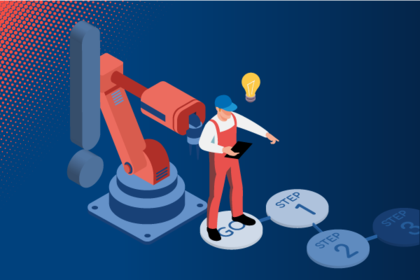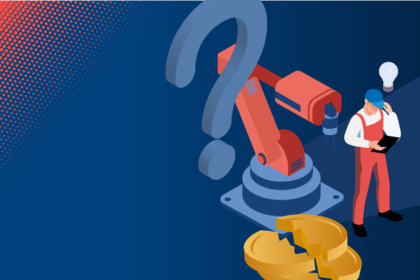The major advantages of a component content management system in technical writing
Published:
2020-03-23
Updated:
2025-03-24
Authoring processes can be optimised with a content management system, because such a tool provides efficient solutions for different application areas. Every technical writer benefits from the advantages of working with such a content management system, regardless of the fact that the exact situation will differ from company to company. We have summarised the main advantages for you below:



